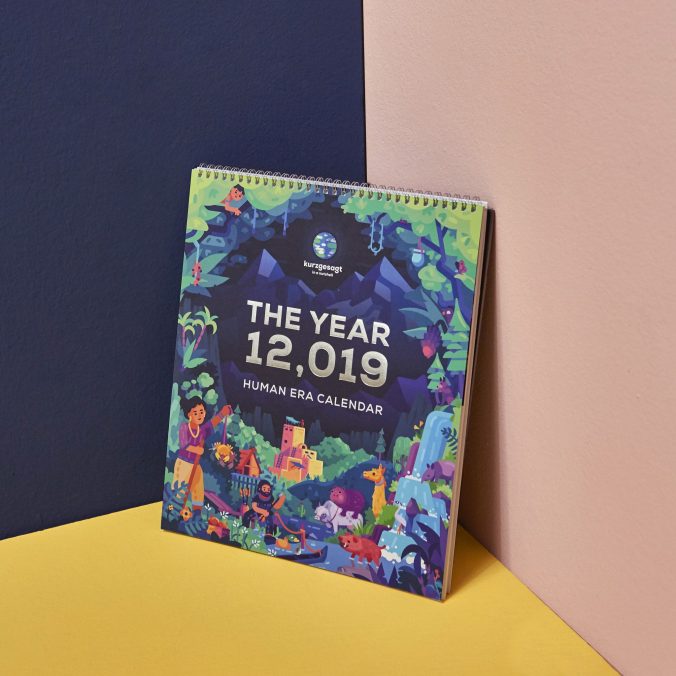I did not know that Albinoni’s Adagio was allegedly based on a fragment from the Dresden Library. I’d been a fan of this piece ever since I heard it used in the original Rollerball (1975) with James Caan. The composer Remo Giozatto used it to make the actual composition. He never produced the fragment to prove his claim.
The piece of music is fitting for the city of Dresden as it was firebombed by the Allies at the end of WWII. It was a war crime, and no one was ever brought to justice for it. Kurt Vonnegut was a prisoner of war in Dresden when it was bombed. He wrote about it in his novel Slaughterhouse Five and A Man Without a Country.
U.S. students bring Kurt Vonnegut back to Dresden for firebombing anniversary
https://www.sott.net/article/274060-US-students-bring-Kurt-Vonnegut-back-to-Dresden-for-firebombing-anniversary

